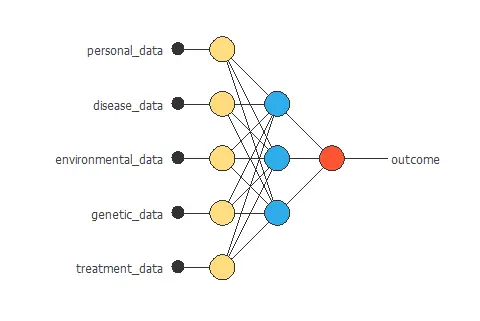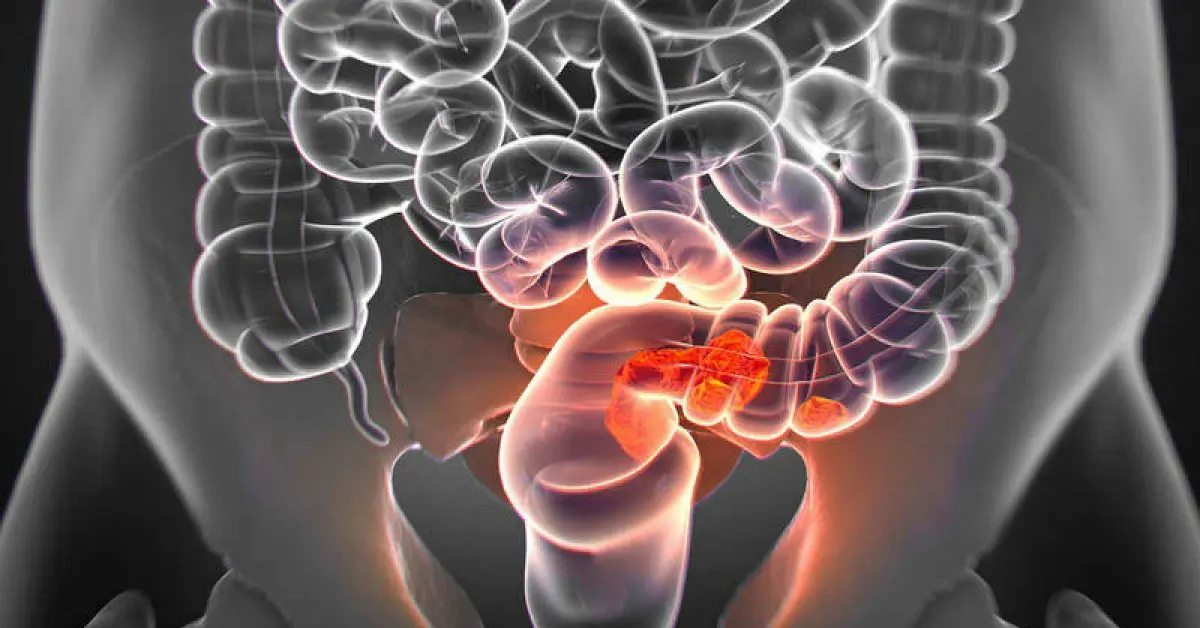Introduction
Medical treatment uses tools for working with randomized controlled trial data, where we only observe what happens to a patient if they’ve got treatment, and we want to know what would happen to the patient if they had not received the treatment and vice versa.
Machine learning allows us to build models that associate a broad range of variables with the effect of a treatment on individual patients.
The data science and machine learning platform Neural Designer combines different data types into a single model to better diagnose diseases.
Contents
1. Objectives
Medical treatment aims to assess which tools better fit each patient to survive the disease. Besides, the objective is to determine one or more treatments, whether we want to avoid acquiring a disease or condition, suffer from symptoms, have caught a cold or the flu, have developed diabetes or cancer, or have injured yourself in an accident. All of these require treatments.
Thankfully, a large amount of data is currently available to clinicians, ranging from details of clinical symptoms to various types of biochemical assays and outputs of imaging devices.
We put up a model to predict the best type of treatment. These are some examples of types of data that could be useful to make a proper medical treatment using machine learning:
- Personal data: Age, sex…
- Disease data: Physiological measurements and information about known diseases or symptoms that an individual has experienced.
- Environmental data: Information about an individual’s environmental exposures, such as smoking, sunbathing, weather conditions, etc.
- Genetic data: All or key parts of the DNA sequence of an individual.
- Treatment data: Information about different treatments that can be used.
2. Benefits
2.1. Prevent
Prevention aims to stop health problems before they appear, using vaccines to prevent infections and personalized medicines to reduce the risk of genetic diseases, while promoting long-term wellness.
2.2. Curate
Treatment seeks to restore health after diagnosis through medications, surgery, or physical therapy, focusing on repairing affected areas and helping patients regain normal functions and well-being.
2.3. Disease Management
Some diseases cannot be fully cured, so care focuses on controlling the condition, reducing complications, improving patient survival, and maintaining a good quality of life over time.
2.4. Palliate
Palliative care is provided to patients with severe, debilitating, or life-limiting diseases. Its aim is to relieve symptoms such as pain, improve comfort, and support quality of life, without attempting to cure the underlying condition.
2.4. Palliate
Palliative care is provided to patients with severe, debilitating, and life-ending diseases. Its goal is to relieve symptoms such as pain and make a patient comfortable, with little or no attempt to cure or manage the disease or condition that causes the discomfort.
3. Approach
Neural networks are the most important technique for machine learning and artificial intelligence. The following flow chart shows how to build and use a neural network for medical prognosis.


The next graph illustrates a neural network for medical prognosis.





The data science and machine learning platform Neural Designer guides you through this process to focus on the medical aspects and not on the details behind machine learning.
4. Conclusions
Machine learning enables us to build predictive models that help doctors predict the outcome of a disease and choose the best possible treatment for each patient.



